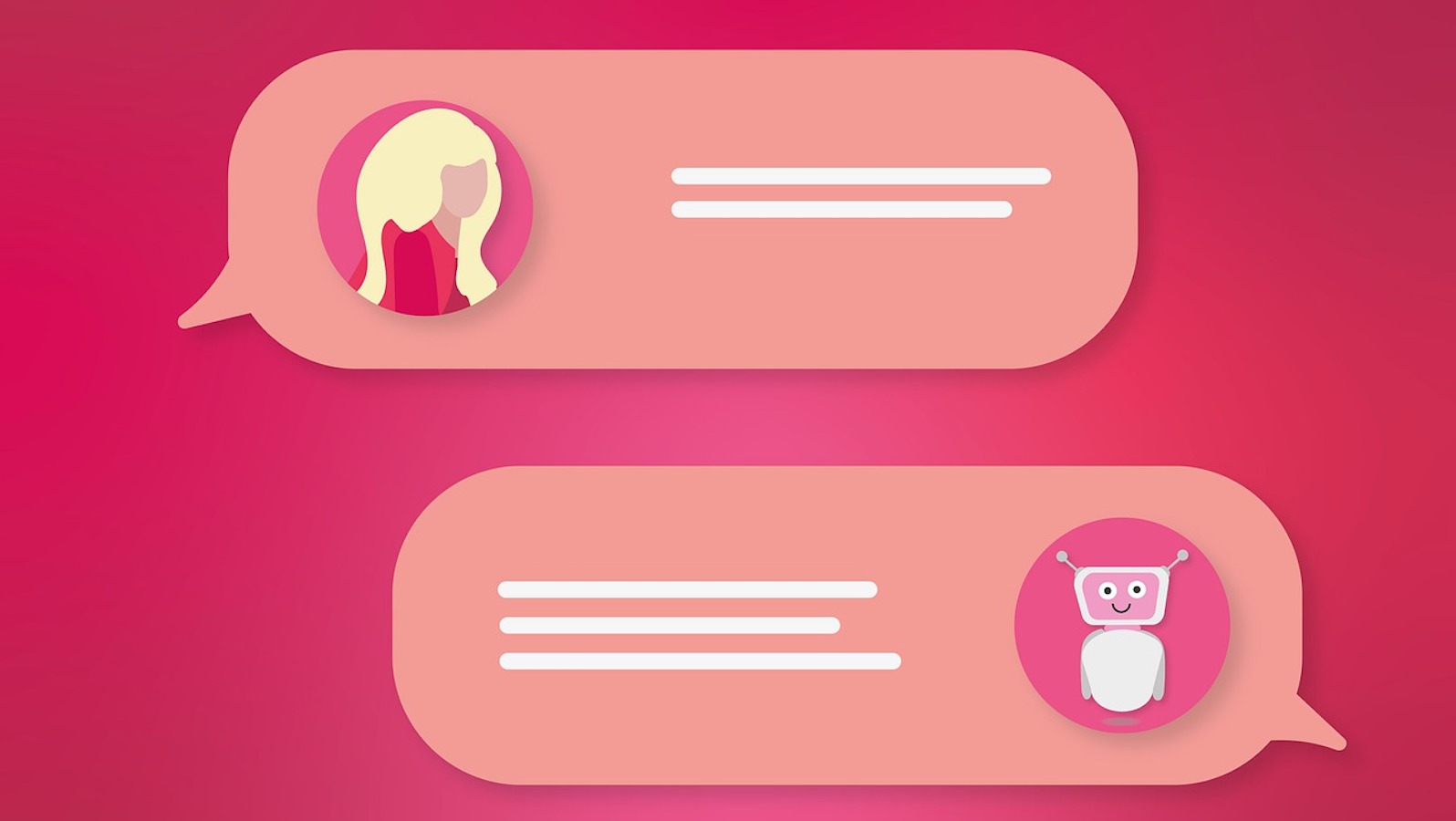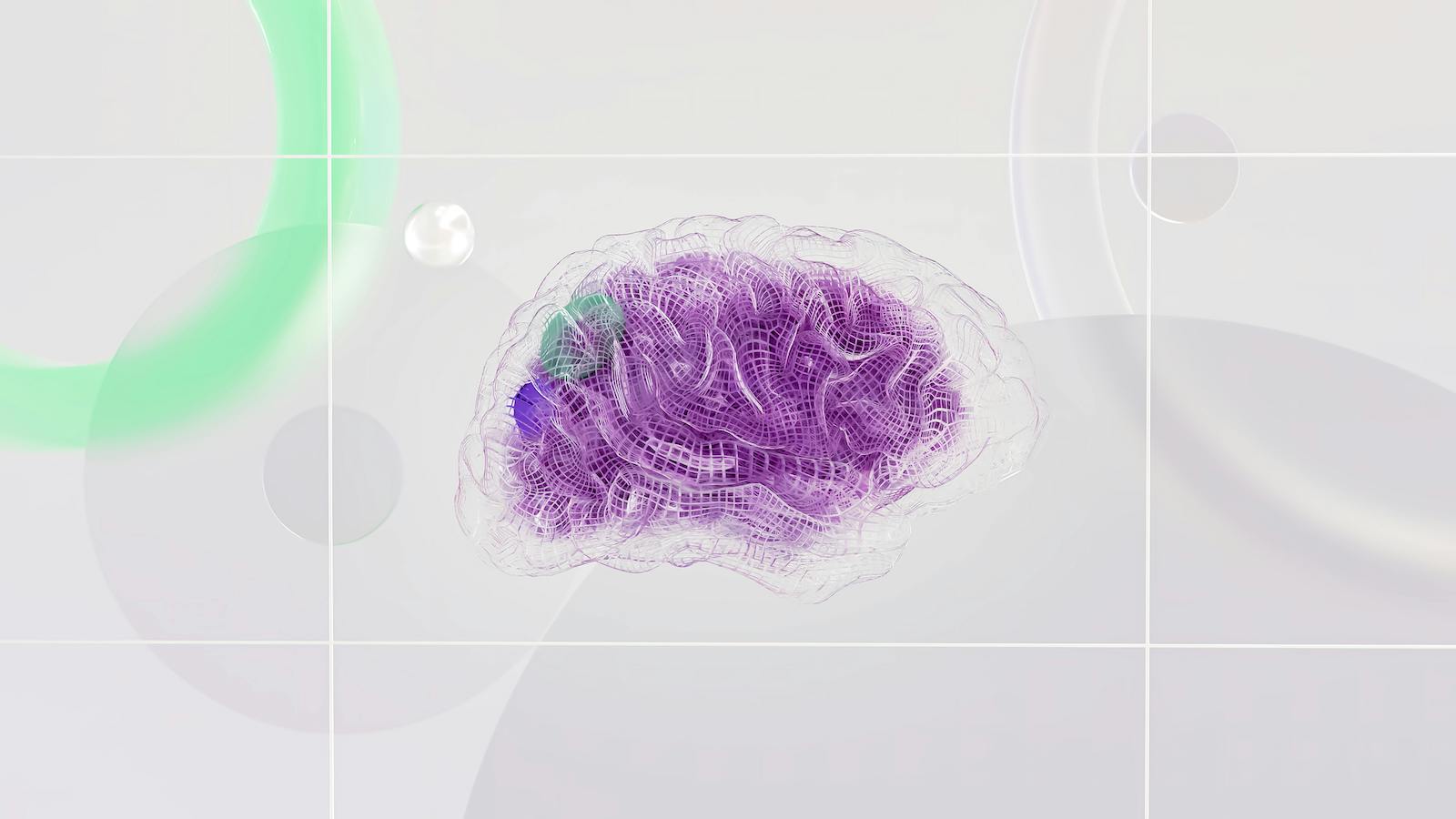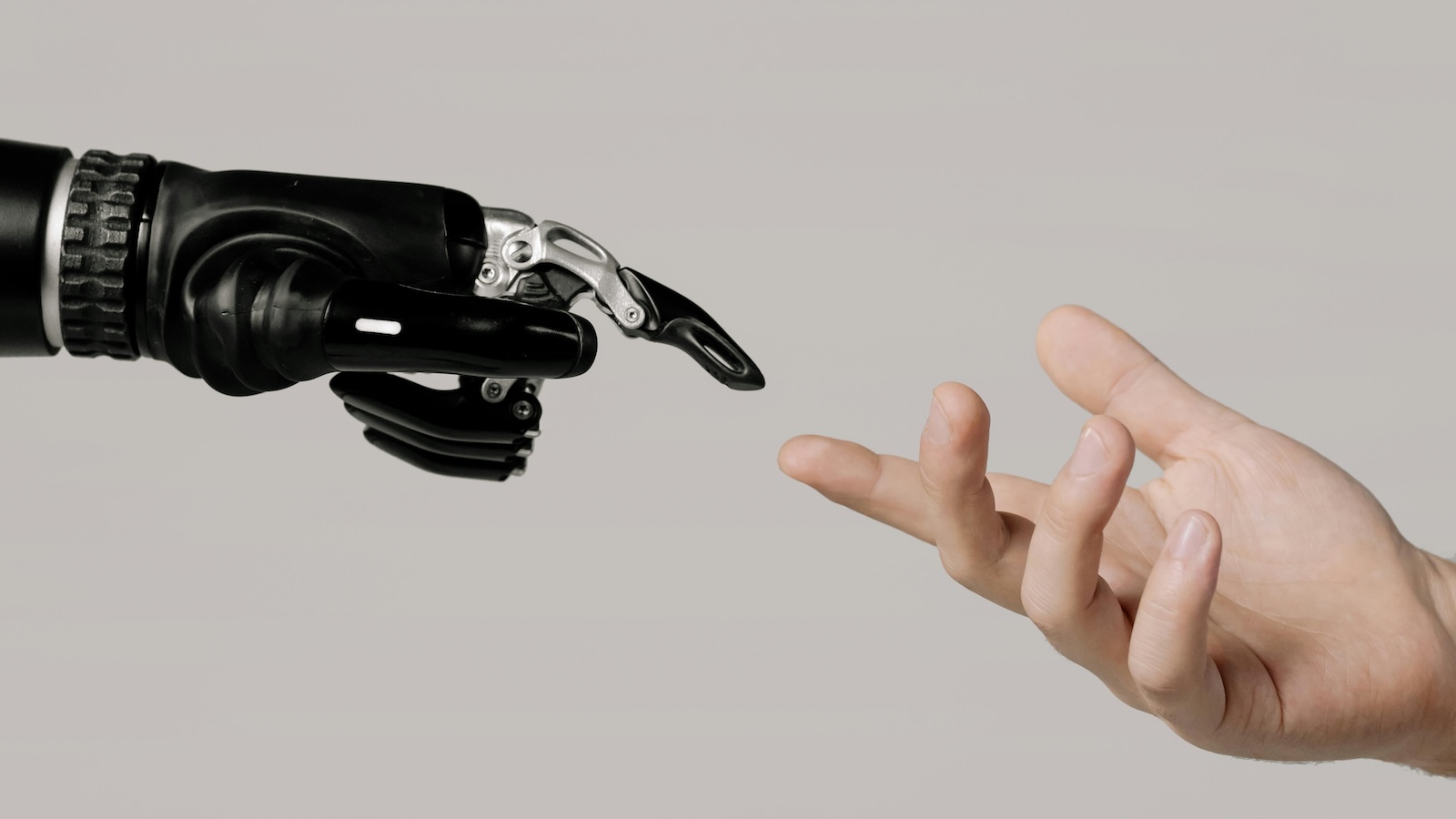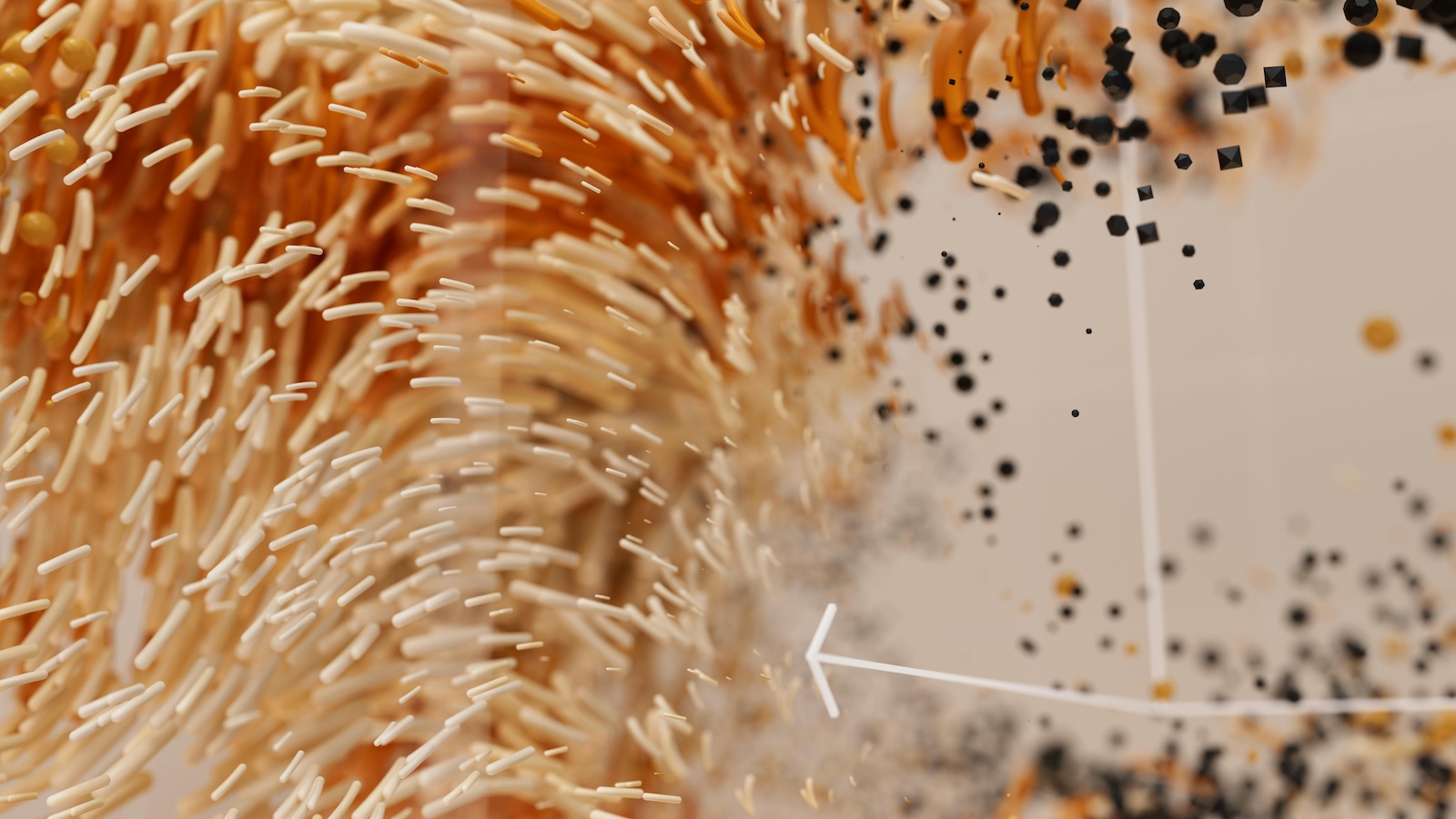The robots are coming. In fact, in many places, they have already arrived. Some consider software automation such as robo-advisors to be robotics, but there is also considerable progress in the world of the physical, tangible robots that are very similar to the ones made popular by a century of science fiction stories.
We are headed toward a future of robots all around us – on land, sea, and air; in our homes, businesses, and communities. Today, we are witnessing the first glimpses of this robot revolution. The rate of robot proliferation and adoption is astounding, which means that a future with billions of robots may not be that far off. The International Federation of Robotics reports that there are expected to be 31 million household robots in service by 2019. There are already millions of industrial robots in use; over a quarter of a million were sold just last year. Add that to the millions of drones being sold and robots in business, agriculture, and other settings, and it becomes clear that robots are delivering good value and market acceptance. Recent examples of robotics pilots and implementations demonstrate some of the future potential:
- Takeout food delivery: There are current pilots underway in which small mobile robots deliver takeout orders from restaurants in Washington, DC and Hamburg, Germany.
- Robotic prostheses: 3D printing and AI advances have enabled low costs and customization of robotic arms, hands, and legs. Wearable robotic gloves that allow the disabled or elderly to have hand function are now available.
- Robotic kitchen assistant: A robot called Flippy has been proven to cook burgers at a fast food restaurant more efficiently and at less cost than humans.
- Insurance sales: Meiji Yasuda Life will use 100 humanoid robots in branch locations to answer sales and service questions and support sales personnel.
At issue now is how the new wave of robots will alter risks in the world and what that means for the insurance industry. It’s easy to jump to a vision of the world of the future controlled by robots, à la the Terminator movie series. But right now, Elon Musk, among other prominent tech figures, is truly worried about an AI apocalypse in which robots and other AI driven devices run amok and destroy the world and civilization as we know it. While it is advisable and even imperative to think about these long-term possibilities and establish the right governance today, the truth is that robots are already affecting risks – both positively and negatively. Insurers should consider these aspects of a world with more and more robots:
- Job loss: Robots are likely to replace human workers in many different professions and in many different industries.
- Worker safety: Robots can operate in dangerous environments, where there may be toxic chemicals or otherwise unsafe conditions for humans. Robots can also work alongside humans, handling tasks that could help to reduce workplace injuries and accidents.
- Elder/disabled care: Robots in homes and healthcare settings may allow more individuals to live independent lives and reduce the need for assisted living facilities.
- Increased cyber exposure: Robots will collect and create vast amounts of data about the world around them. Like any other environment with electronic data, these will be subject to hacking and criminal abuse.
- Robot-caused injuries: Malfunctioning robots in industrial or residential settings could inadvertently cause injury or death to humans. There are examples of this already, and the potential increases as robots become pervasive.
It should be evident from these few examples that insurance coverages will need to evolve correspondingly. In some cases, the use of robots will decrease risks and can be leveraged for loss control. In other cases, new risks will emerge and will demand insurance solutions for individuals and businesses. No one can predict with accuracy how rapidly robots will be adopted and spread across the world. But wise insurers will begin planning for a robot revolution today.








